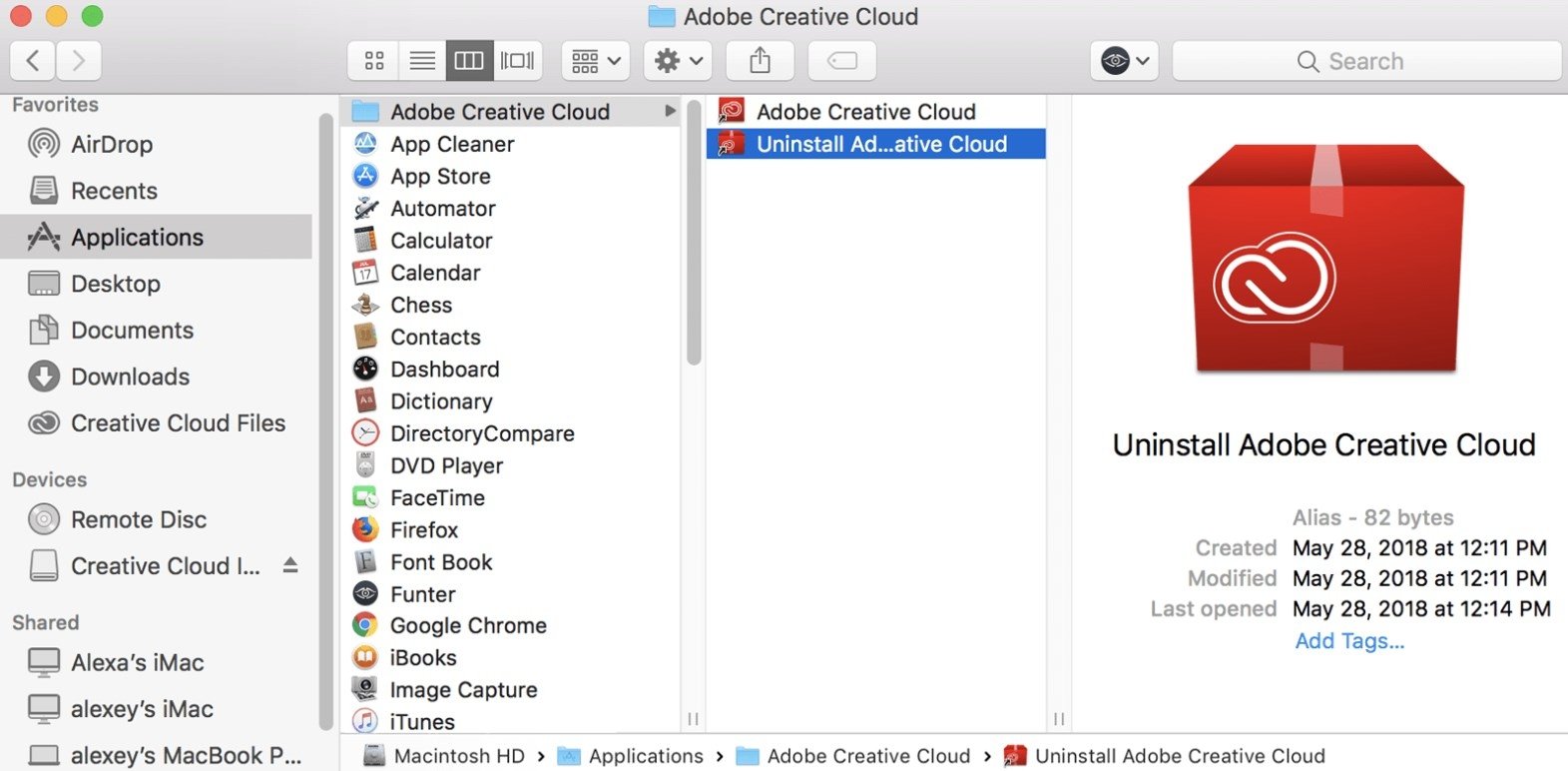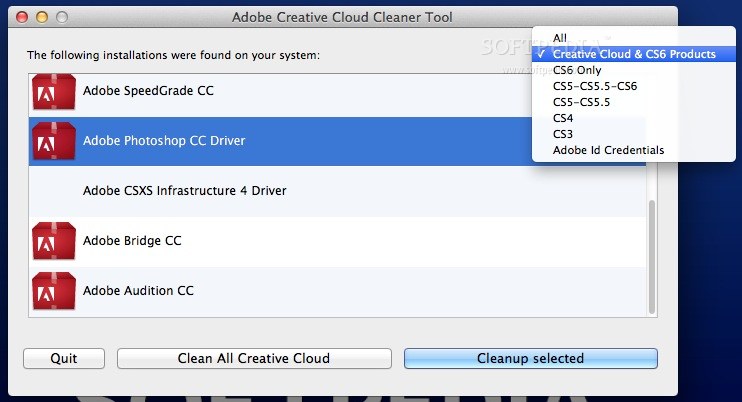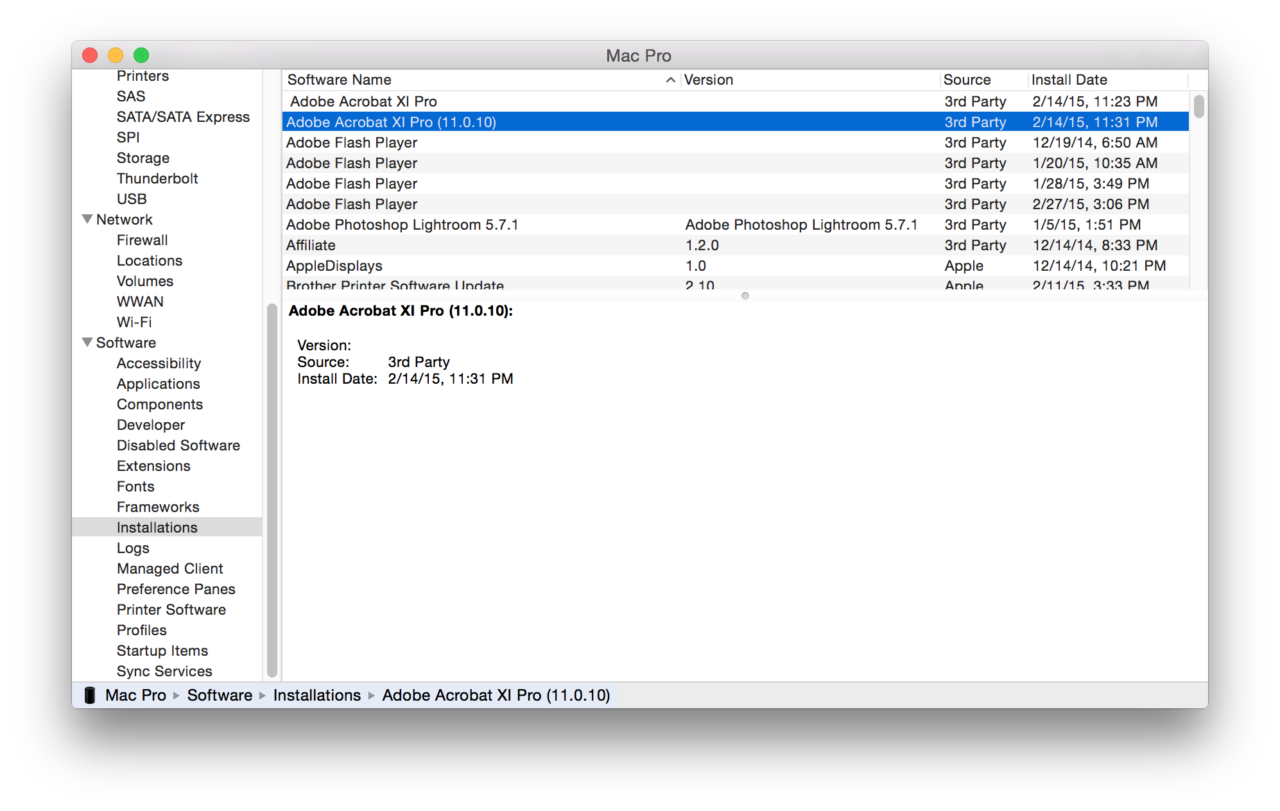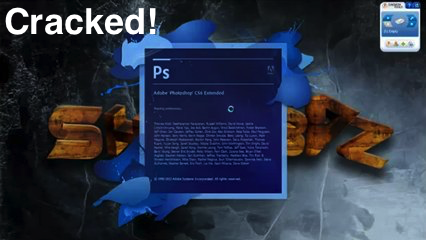PROBLEM: Adobe Download Manager hides files on your hard disk. As a result your install doesn't work, and further you can't find the hidden files to delete them.
- By default, log files open in Console on Mac OS. Select all the text by pressing Command+A, and then copy and paste it into TextEdit before continuing. Move your cursor to the bottom of the log and search backwards through the file, once for ERROR and again for FATAL.
- Navigate to the PDapp.log file in one of the following folders: Note: The following folders are hidden by default. If necessary, use Folder Options (Windows) or Option key Go (Mac OS) to view hidden folders. For more information, see Show hidden files and folders in Windows 10 and earlier or Can't see user library files in Mac OS X 10.7.
Manage your Adobe Account profile, password, security options, product and service subscriptions, privacy settings, and communication preferences.
SOLUTION: Find the hidden files underneath the Temporary Internet Files directory

DETAILS:
If you've downloaded an Adobe product lately using their Download Manager you might have got frustrated because you suddenly found yourself with way less hard disk space than you thought you would.
This is because Adobe in their wisdom, hide the download files in a hidden virtualized directory underneath your Temporary Internet Files directory. The don't tell you this of course, so whilst you think it's downloading into:
c:UserscraigbDownloadsAbodePremiere
it is actually downloading into something like this:
localhostC$@GMT-2008.02.08-02.59.35UserscraigbAppDataLocalMicrosoftWindowsTemporary Internet FilesVirtualizedCUserscraigbDownloadsAdobePremiere
I'm sure there is some well intentioned reason for this – most likely related to security privileges – but frankly, it is a crazy notion.
It quite often leads to a problem with installing (eg if you're running UAC on Vista) because the <installer.exe> files don't get the Administrator access they require. As a result, the installer extracts its files but then bombs out, and you end up getting all frustrated at how poor the user experience with Adobe products is.
Solving this one is easy enough – you just need to find where the hidden files are (that crazy directory path above), right click on the <installer.exe> and Run as Administrator. Or if the installer file needs to decompress, you can manually decompress it to a directory and run the installer from there.
For example, in my case I downloaded a Trial of Abode Premiere which came in at 2.74 GB. After downloading it, it wouldn't launch the installer. I finally found the files:
I then manually opened the .7z file using WinRAR, extracted it to a directory (costing me another 2.7GB+) and was able to install it.
If you've got this far then you know roughly where the files are. But here's the problem: If you go and look at the Temporary Internet Files folder in Windows Explorer the directories are hidden. You'll see below that Windows shows it as having 0 subdirectories and 81 files (and that is in fact all you can see) where as the Properties for the subdirectory shows 96 files and 71 folders.
Changing your Windows Explorer settings to 'Show Hidden files', and 'Not hide System files' will make no difference.
So how do you find them?
To get access to the folders, go to the Previous Versions tab (on the Properties form above).
Click on Temporary Internet Files and click Open. Windows will now magically open a view of the directory, complete with all the hidden directories showing.
Dig into the Virtualized directory, and you're on your way to finding those pesky hidden files.
Summary: Next time you find a big chunk of your hard drive mysteriously missing, go to:
C:UserscraigbAppDataLocalMicrosoftWindowsTemporary Internet FilesVirtualizedCUsers
and start investigating (obviously you need to change the users directory to your own name (ie replace 'craigb'). The path structure will be different if you're using Windows XP.

[Note that in terms of terms of deleting the files you can actually achieve this by using the 'Delete Browsing History…' function in IE, but that will also wipe your Cookies, Form data, history, cached files etc – which you may not want to do.]

Is there an easier way of finding/showing these files? I hope so. If I've missed something obvious, please let me know in the comments.
Other Tags: Can't install Adobe Premiere
Other Tags: Can't delete Adobe hidden files, Adobe eats hard disk space
Close unresponsive apps and processes
When your system is acting sluggish or simply not responding, an app or process may be the source of the problem. You can use Activity Monitor to locate the troublesome app or process and force it to quit.
See how much energy your Mac is using
You can find out how much energy your Mac is using, and see which apps or processes are using the most energy.
See real-time CPU, network, or disk status in the Dock

It’s easy to keep an eye on your system status without even looking at the Activity Monitor window—you can monitor your CPU, network, or disk usage as a live graph right in the Dock.
Adobe Acrobat Free Download Mac
To explore the Activity Monitor User Guide, click Table of Contents at the top of the page, or enter a word or phrase in the search field.
